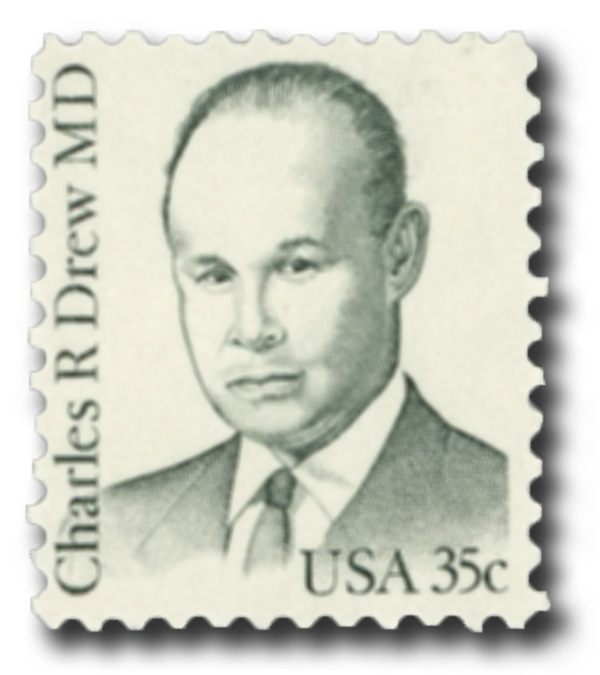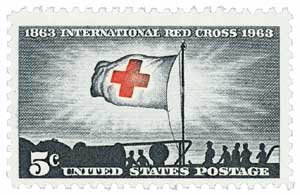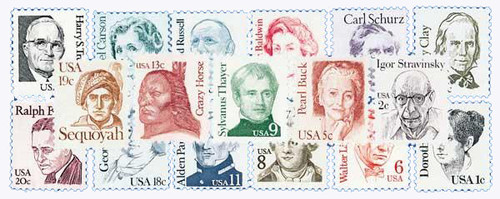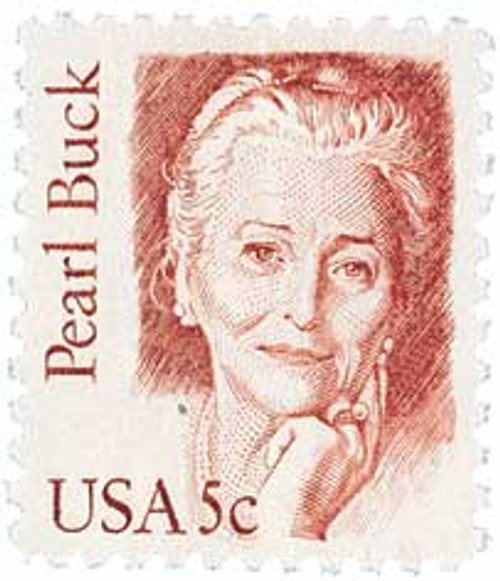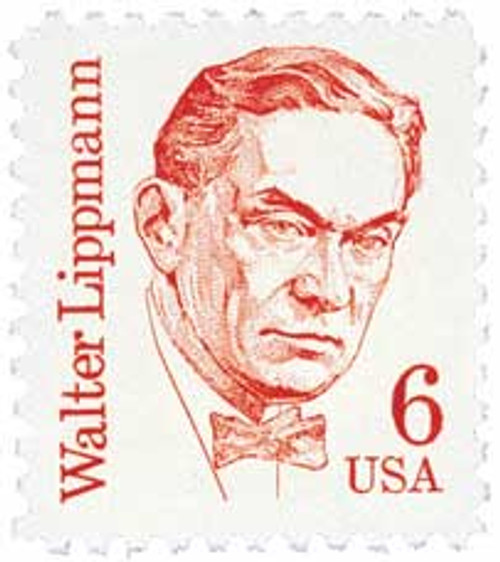
# 1865 - 1981 35c Great Americans: Charles R. Drew, M.D.
1981 35¢ Charles R. Drew, M.D.
Great Americans Series
City: Washington, D.C.
Quantity: Unknown
Birth Of Charles R. Drew
Drew grew up in DC’s Foggy Bottom neighborhood and graduated from Dunbar High School in 1922. He was an accomplished athlete, earning an athletic scholarship to Amherst College in Massachusetts. After graduating in 1926, he worked as a professor of chemistry and biology for two years at Morgan College in Baltimore. He also served as their first Athletic Director and football coach, saving up money to go to medical school.
Drew went on to attend McGill University in Montreal, where he was accepted into a prestigious scholastic honor society. He graduated second his class in 1933, receiving the Doctor of Medicine and Master of Surgery degree. In 1940, he became the first African American to earn a Doctor of Science in Medicine degree, which he received from Columbia. Drew then became the first African American surgeon to serve as an examiner on the American Board of Surgery. During this time, he also began a lengthy career in research, teaching, and became a chief surgeon.
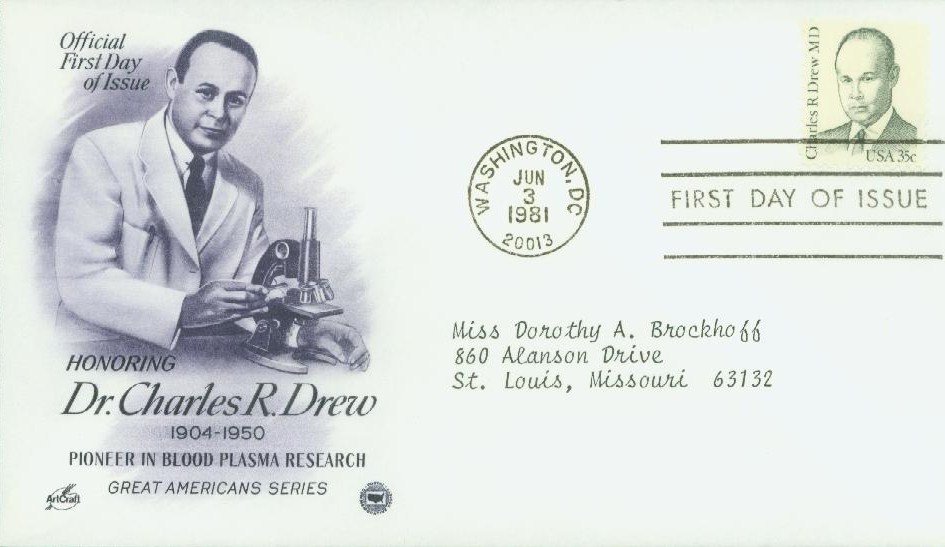
In late 1940, Drew was selected to set up Blood for Britain, an experimental program for blood storage and preservation. Drew was tasked with collecting, testing, and transporting large amounts of blood plasma to be sent to the United Kingdom, which was then engulfed in World War II. The goal of the program was to help British soldiers by sending American blood to the United Kingdom.
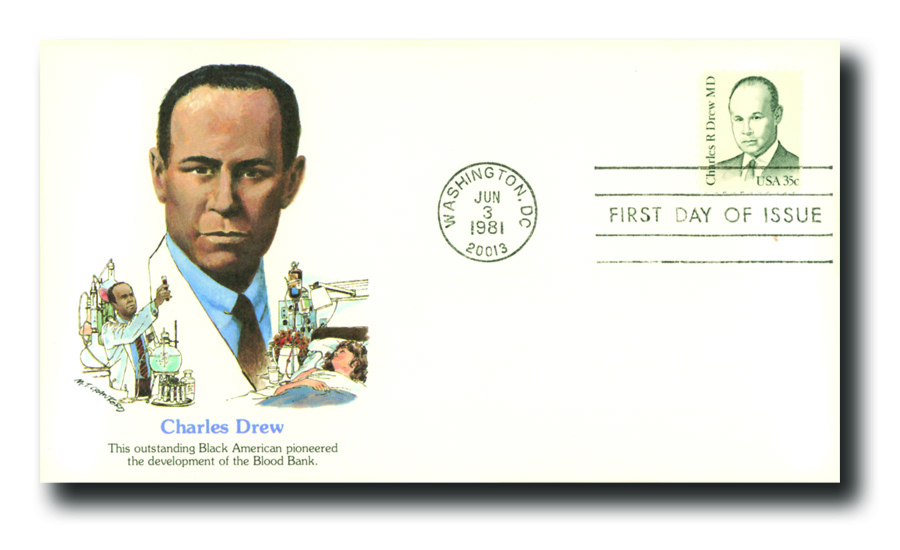
Drew created bloodmobiles, which were refrigerated trucks that carried stored blood, allowing the blood to be transported farther. Under Drew’s leadership, the program ran for five months, collecting over 5,500 vials of blood plasma from about 15,000 people.
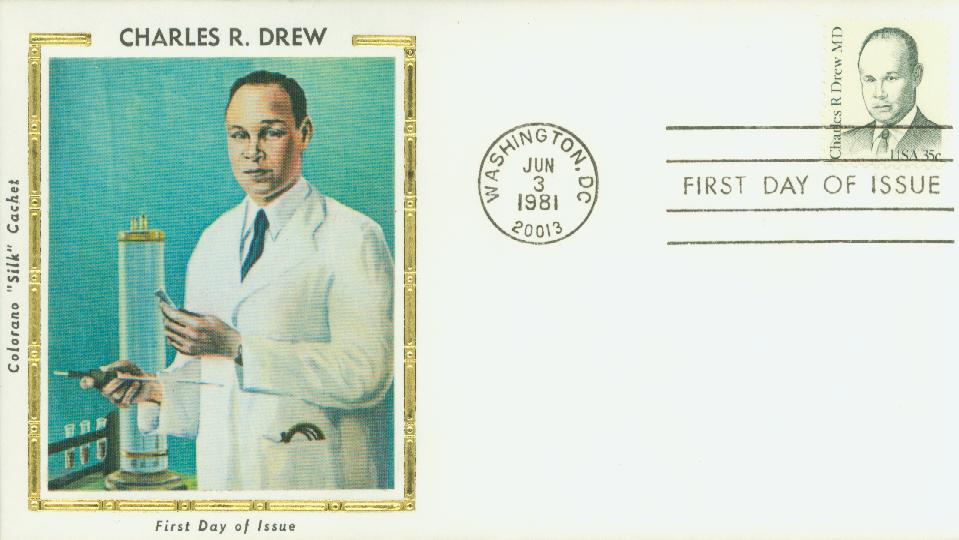
In 1941, Drew helped to establish the American Red Cross Blood Bank to provide blood for American soldiers. However, he grew increasingly upset with the military’s request to segregate the blood of African Americans. While they at first wouldn’t accept African American blood, they later said it could only be used for African American soldiers. Drew was furious over the racist policy and resigned after a few months. It wasn’t until 1950 that the Red Cross would end this policy.

Drew went on to receive the 1943 Spingarn Medal from the NAACP for “the highest and noblest achievement… during the preceding year or years” for his work on blood plasma collection and distribution. Drew spent the final years of his life serving as chief surgeon at Freedmen’s Hospital and as a professor at Howard University.
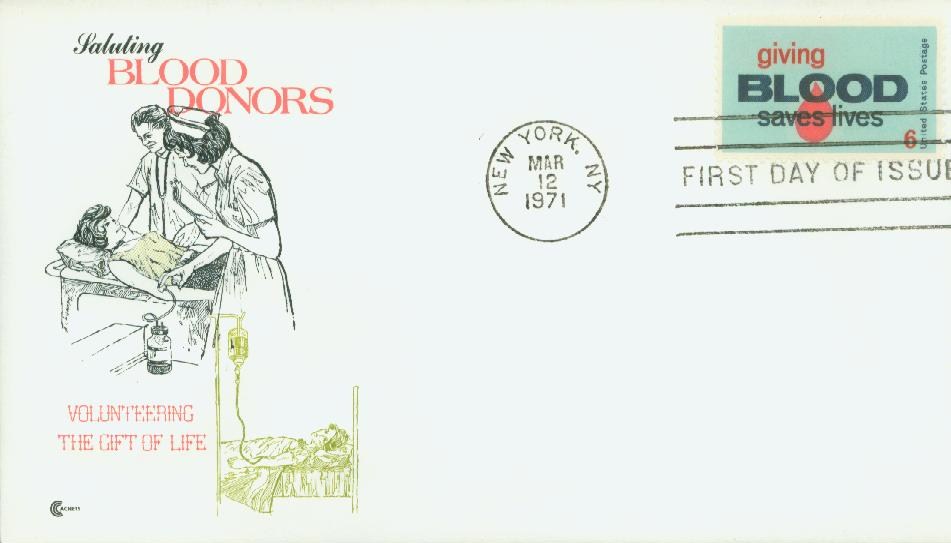
From 1939 to 1950, Drew attended the annual free clinic at the John A. Andrew Memorial Hospital in Tuskegee, Alabama. Driving home one morning in 1950, he was tired from operating all night and lost control of his vehicle. The car crashed and his foot was pinned under the brake pedal. By the time emergency personnel arrived, he had gone into shock and died shortly after on April 1, 1950.
1981 35¢ Charles R. Drew, M.D.
Great Americans Series
City: Washington, D.C.
Quantity: Unknown
Birth Of Charles R. Drew
Drew grew up in DC’s Foggy Bottom neighborhood and graduated from Dunbar High School in 1922. He was an accomplished athlete, earning an athletic scholarship to Amherst College in Massachusetts. After graduating in 1926, he worked as a professor of chemistry and biology for two years at Morgan College in Baltimore. He also served as their first Athletic Director and football coach, saving up money to go to medical school.
Drew went on to attend McGill University in Montreal, where he was accepted into a prestigious scholastic honor society. He graduated second his class in 1933, receiving the Doctor of Medicine and Master of Surgery degree. In 1940, he became the first African American to earn a Doctor of Science in Medicine degree, which he received from Columbia. Drew then became the first African American surgeon to serve as an examiner on the American Board of Surgery. During this time, he also began a lengthy career in research, teaching, and became a chief surgeon.

In late 1940, Drew was selected to set up Blood for Britain, an experimental program for blood storage and preservation. Drew was tasked with collecting, testing, and transporting large amounts of blood plasma to be sent to the United Kingdom, which was then engulfed in World War II. The goal of the program was to help British soldiers by sending American blood to the United Kingdom.

Drew created bloodmobiles, which were refrigerated trucks that carried stored blood, allowing the blood to be transported farther. Under Drew’s leadership, the program ran for five months, collecting over 5,500 vials of blood plasma from about 15,000 people.

In 1941, Drew helped to establish the American Red Cross Blood Bank to provide blood for American soldiers. However, he grew increasingly upset with the military’s request to segregate the blood of African Americans. While they at first wouldn’t accept African American blood, they later said it could only be used for African American soldiers. Drew was furious over the racist policy and resigned after a few months. It wasn’t until 1950 that the Red Cross would end this policy.

Drew went on to receive the 1943 Spingarn Medal from the NAACP for “the highest and noblest achievement… during the preceding year or years” for his work on blood plasma collection and distribution. Drew spent the final years of his life serving as chief surgeon at Freedmen’s Hospital and as a professor at Howard University.

From 1939 to 1950, Drew attended the annual free clinic at the John A. Andrew Memorial Hospital in Tuskegee, Alabama. Driving home one morning in 1950, he was tired from operating all night and lost control of his vehicle. The car crashed and his foot was pinned under the brake pedal. By the time emergency personnel arrived, he had gone into shock and died shortly after on April 1, 1950.










